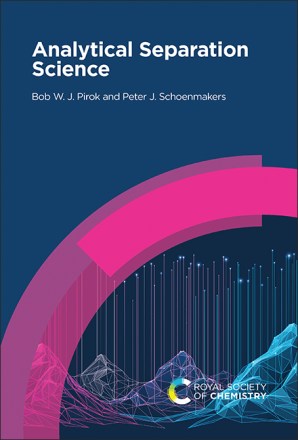Ion-Pairing Hydrophilic Interaction Chromatography for Impurity Profiling of Therapeutic Phosphorothioated Oligonucleotides
Oligonucleotides are short strands of synthetic DNA or RNA that are synthesized via a solid-phase synthesis, in which numerous of closely-related impurities are generated. Ion-pairing reversed-phase liquid chromatography (IP-RPLC), anion exchange chromatography (AEX), and hydrophilic interaction chromatography (HILIC) are often used to profile these impurities, which allows for good separation of impurities comprising different number of nucleotides as the full-length product (FLP). However, impurities comprising the same number of nucleotides as the FLP are often not separated. Therefore, ion-paring HILIC (IP-HILIC) was explored as an alternative separation mode to overcome these challenges.
Key points:
- Changed selectivity: by adding ion-pairing reagents (IPRs) to the HILIC eluent, the relative contribution of the highly polar phosphate moieties on HILIC retention is reduced and, thereby, increasing the relative contribution of the nucleobase composition and conjugated groups.
- Suppressed diastereomer separation: Phosphorothioation of the phosphate groups results in the formation of diastereomers, with 2n possible diastereomers (n = phosphorothioate groups). IPRs in the HILIC eluent reduced diastereomer separation, leading to sharper peaks.
- Separation of same-length impurities: IP-HILIC shows increased separation of impurities comprising of the same number of nucleotides as the FLP, such as deaminated products that differ less than 1 Da from the FLP. This is noteworthy as no other MS-compatible, one-dimensional LC separation can achieve this.

Figure 1: IP-HILIC-MS total and extracted ion chromatograms of GalNAc-conjugated oligonucleotides (top) and non-conjugated oligonucleotides (bottom) and the mass spectra of peaks A-D (A & C: FLPs, B & D: deaminated products)
The developed IP-HILIC method shows great potential as a screening method for quality control. The work is published in Analytical Chemistry and can be found with the following link: https://pubs.acs.org/doi/full/10.1021/acs.analchem.5c01407
























